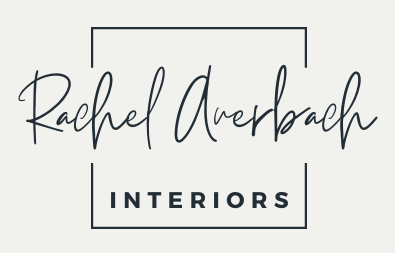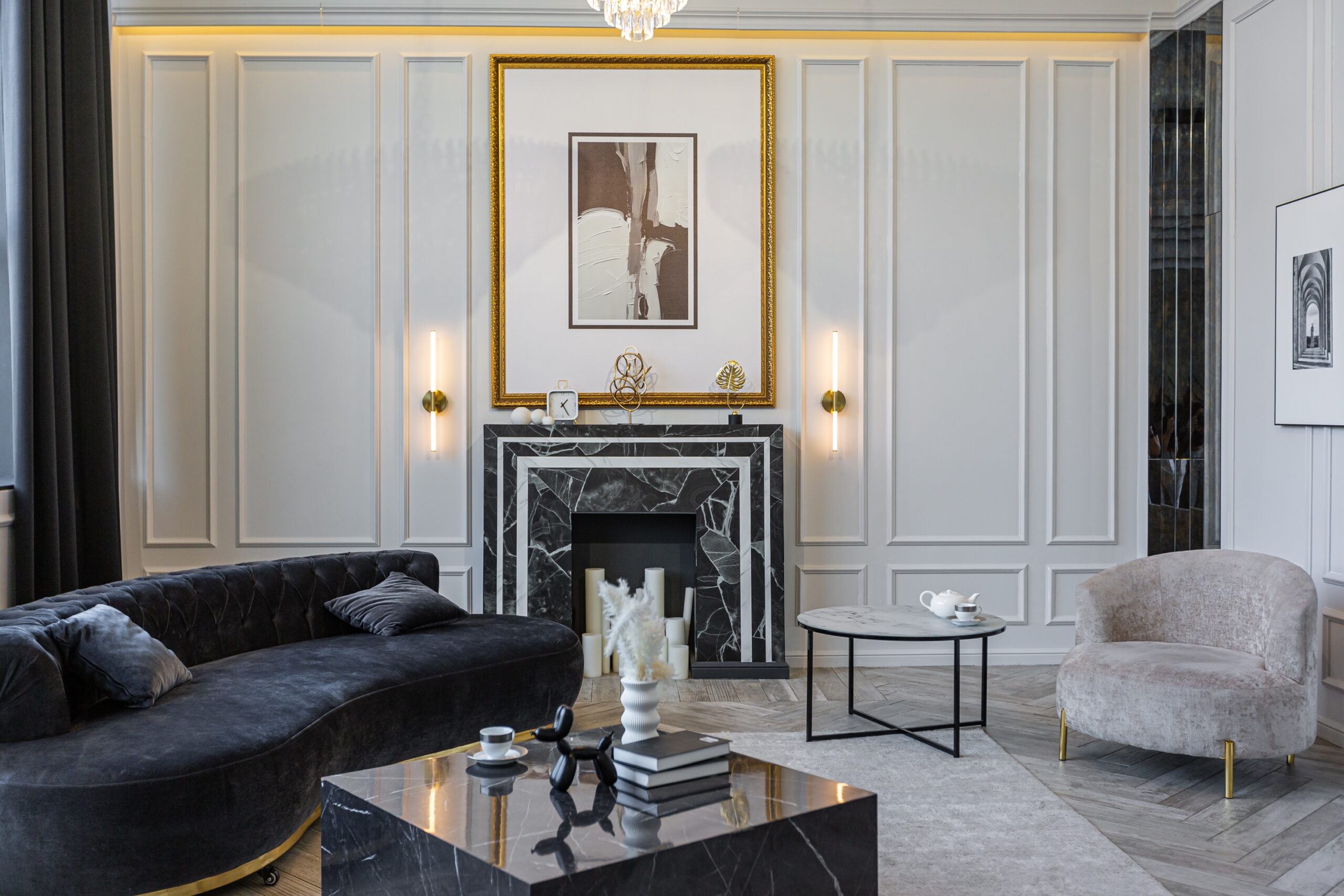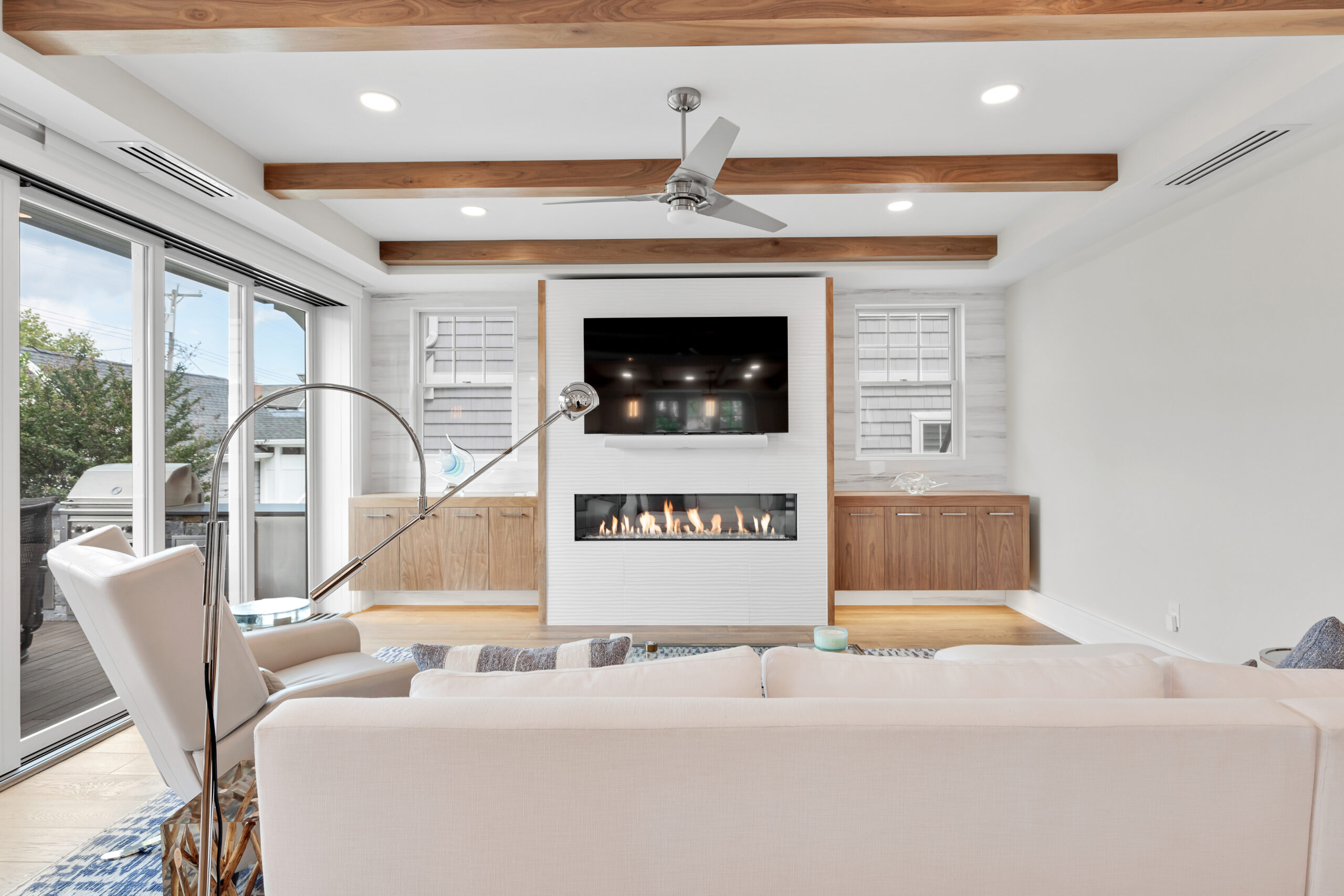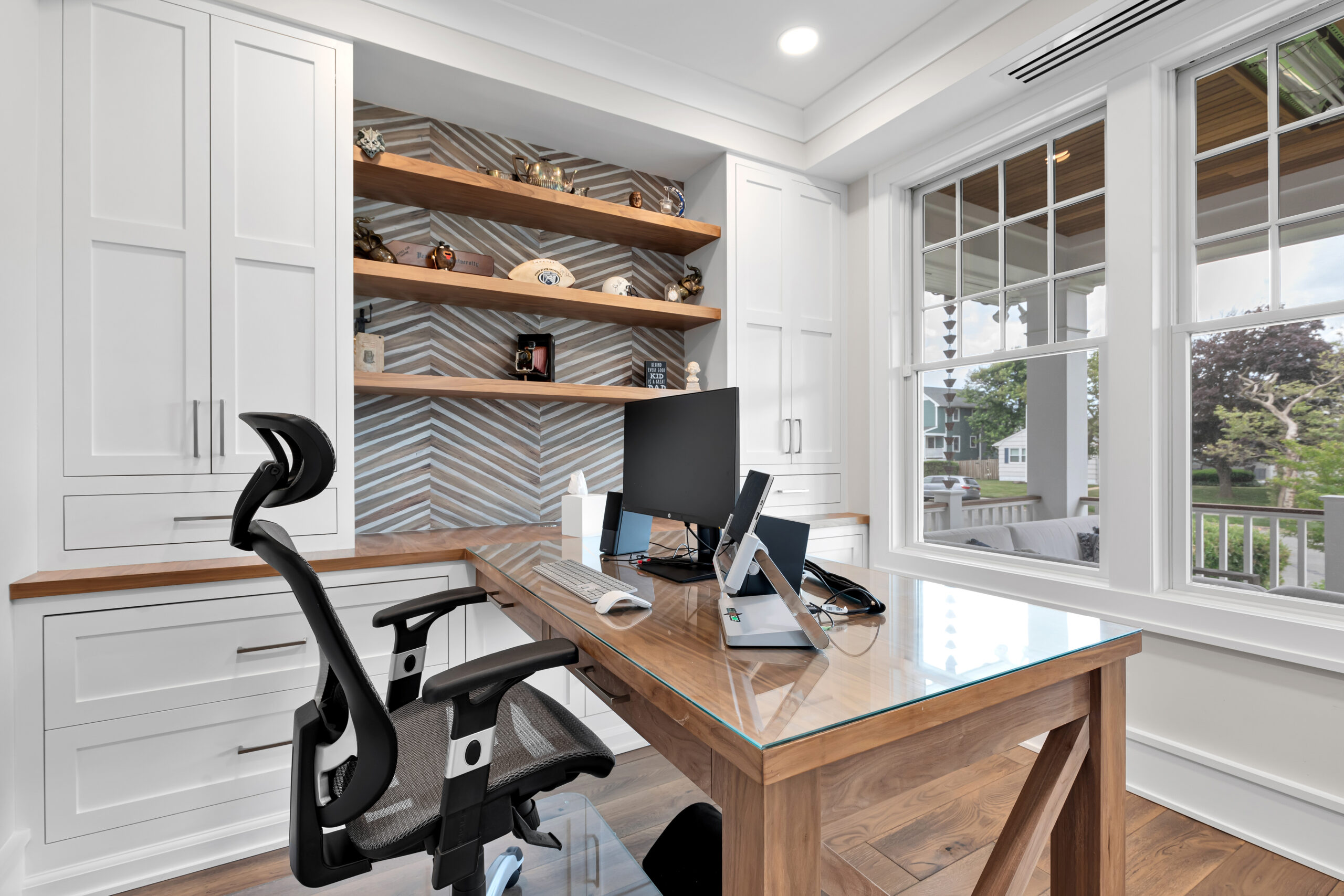In interior design, historical architectural features are often preserved, reinterpreted, or subtly incorporated to add character and charm to new spaces.
Here are some historical features that I love using today:
1. Arches and Vaulted Ceilings
- Originally found in classical and Gothic architecture, arches are now seen in doorways, windows, and built-ins to add softness to modern interiors.
- Vaulted or coffered ceilings, common in historical buildings, bring grandeur and a sense of openness to all style spaces.
2. Wall Paneling
- Traditional beadboard, shiplap, and raised panel wainscoting are used to add texture and dimension to walls, especially in transitional styles.
- Fluted and reeded paneling, inspired by classical architecture, is making a comeback in modern interiors, adding subtle texture and depth
3. Decorative Molding and Trim
- Detailed crown molding, base moldings, and ceiling medallions, originally seen in Georgian, Victorian, and French interiors, are still used to add an elegant touch.
- Modern interpretations include simplified, clean-lined molding that complements contemporary spaces.
4. Exposed Beams & Framing
- Once a structural necessity in barns and older homes, exposed wooden beams now serve as a design feature, bringing warmth and a rustic or industrial aesthetic.
- Exposed brick, stone, or timber framing in walls reflects traditional construction techniques and gives interiors a raw, textural appeal
5. Checkerboard & Chevron Flooring
- Traditional checkerboard tiles from historic European homes are making a comeback in modern kitchens, foyers and bathrooms.
- Herringbone and chevron hardwood flooring, a classic French element, adds sophistication and depth to contemporary interiors.
6. Classic Tilework
- Zellige tiles (Moroccan), cement tiles, and subway tiles (originating from early 1900s subway stations) remain favorites for kitchens and bathrooms.
- Handmade or slightly imperfect tiles with variations in color, texture, and glaze add authenticity and a timeworn charm, evoking the craftsmanship of historical interiors.
Incorporating historical architectural features into contemporary interior design adds charm and a sense of timelessness. The key is to balance these historical details with clean lines and furnishings to create a design that feels both rooted in history and relevant today. Thoughtfully integrating these features can transform a space into something unique, rich with heritage, yet perfectly suited for modern living.



